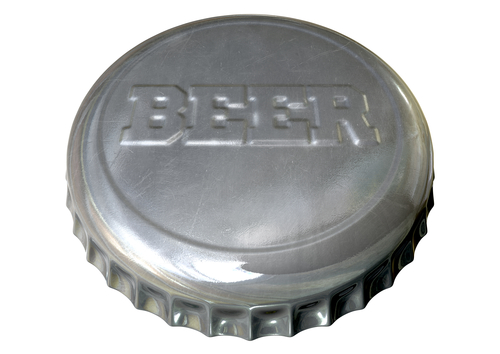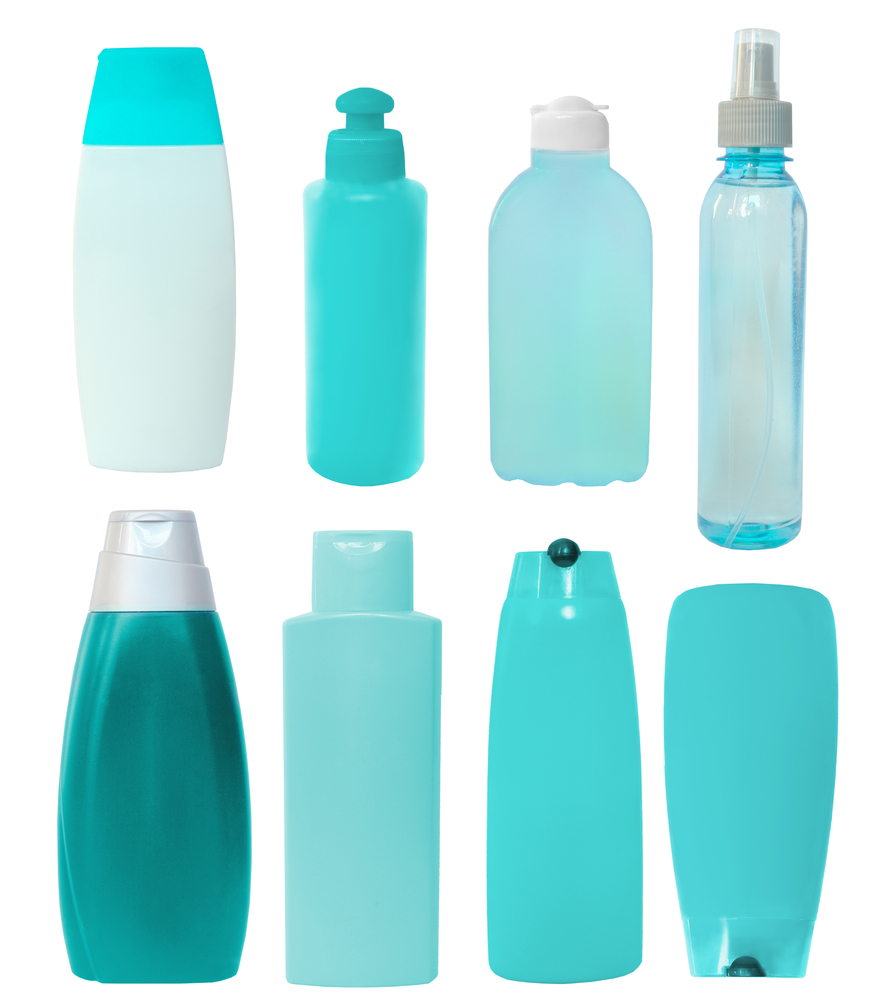
It seems as though consumers are getting more conscious of what their groceries consist of and ethics concerning how they are developed. Health trends are quickly becoming more than just short-term fads. They’re becoming ways of life for those who believe they need to be more concerned with what they are buying and consuming. With rising technology comes more in-depth medical science where we can identify the source of immune deficiencies like gluten intolerance. For people who are concerned with a vegan lifestyle and preventing aggravating symptoms that result from gluten intolerance, labeling is extremely important. In fact, without sure knowledge that these goods adhere to their needs and lifestyle, a purchase won’t be made. Gluten-free and vegan label inclusion to products is a choice you may wish to consider as a business owner looking to stay on top of market trends.
The vegan lifestyle is much like that of the vegetarian lifestyle in that neither groups consume animals. But, vegans take it a step further in that they also don’t consume any products that derive from animal existence. These products include eggs, cheese, milk, or any other dairy product. Some vegans also don’t purchase or utilize any products that may have come from an animal’s body like fur or hide. While some vegetarians may consider not eating meat to obtain better health, vegans choose their lifestyle for ethical reasons. They believe that humans don’t have the right to use an animal’s life for consumption of any kind and that all life has the right to live naturally. These beliefs surround the view that farming practices may be inhumane due to cages, grain feeding, pollution, and overproduction as well. So, basically, a vegan label tells individuals who live a vegan lifestyle that a product is not derived from an animal in any way and that animals were not harmed in the manufacturing of the product.
A gluten-free diet is suggested for individuals who have been diagnosed with celiac disease. According to the Celiac Disease Foundation, individuals who are diagnosed with celiac disease are affected by an immune response when gluten is ingested. Gluten is a mixture of proteins that are found in grains, especially wheat. So, it’s found in many foods like bread, pasta, and flour. When those with celiac disease consume gluten, their immune system, responsible for fighting disease and sickness, recognizes the gluten as a foreign intruder. As a result, immune cells are sent to attack, causing damage to small cells in the lining of the small intestines known as villi. Damage done to these cells causes irritation, which in turn, causes pain and swelling. Since there is no medication individuals who are diagnosed with celiac can take to prevent symptoms, the only way to be sure to prevent the immune attack on gluten is to not eat food that contains gluten. Those with celiac disease can tell if products don’t have gluten easily with gluten-free advertising, something business owners may wish to consider if selling a gluten-free product.
Statistics show that more people are buying gluten-free and vegan each year. Along with growing vegan researchers is a growing industry for gluten-free products. In fact, according to statistical databases, the gluten-free industry is thought to reach a worth of over $7.59 billion by the year 2020. This means that if there ever was a time to jump on these trends, it’s now. If you sell products that are considered vegan or gluten-friendly, incorporating a gluten-free or vegan label helps gain access to a new market, and in turn, a new audience demographic.
You can always describe your product as gluten-free or vegan-friendly on your label, but that doesn’t mean all consumers will take your word for it. To become guaranteed vegan or gluten-friendly, your product will need to become certified through either the Vegan Awareness Foundation or the Gluten-Free Certification Organization. Much like an FDA or Kosher certification, after certification, your label will display a logo that guarantees your product has been approved by either of these organizations for safe consumption by your target audience. After you’ve been certified, Blue Ribbon Tag and Label can help you get the unique custom label look your product needs to sell quickly off the shelf! Give us a call today to get a quote for your gluten-free or vegan label at (954) 922-9292.


